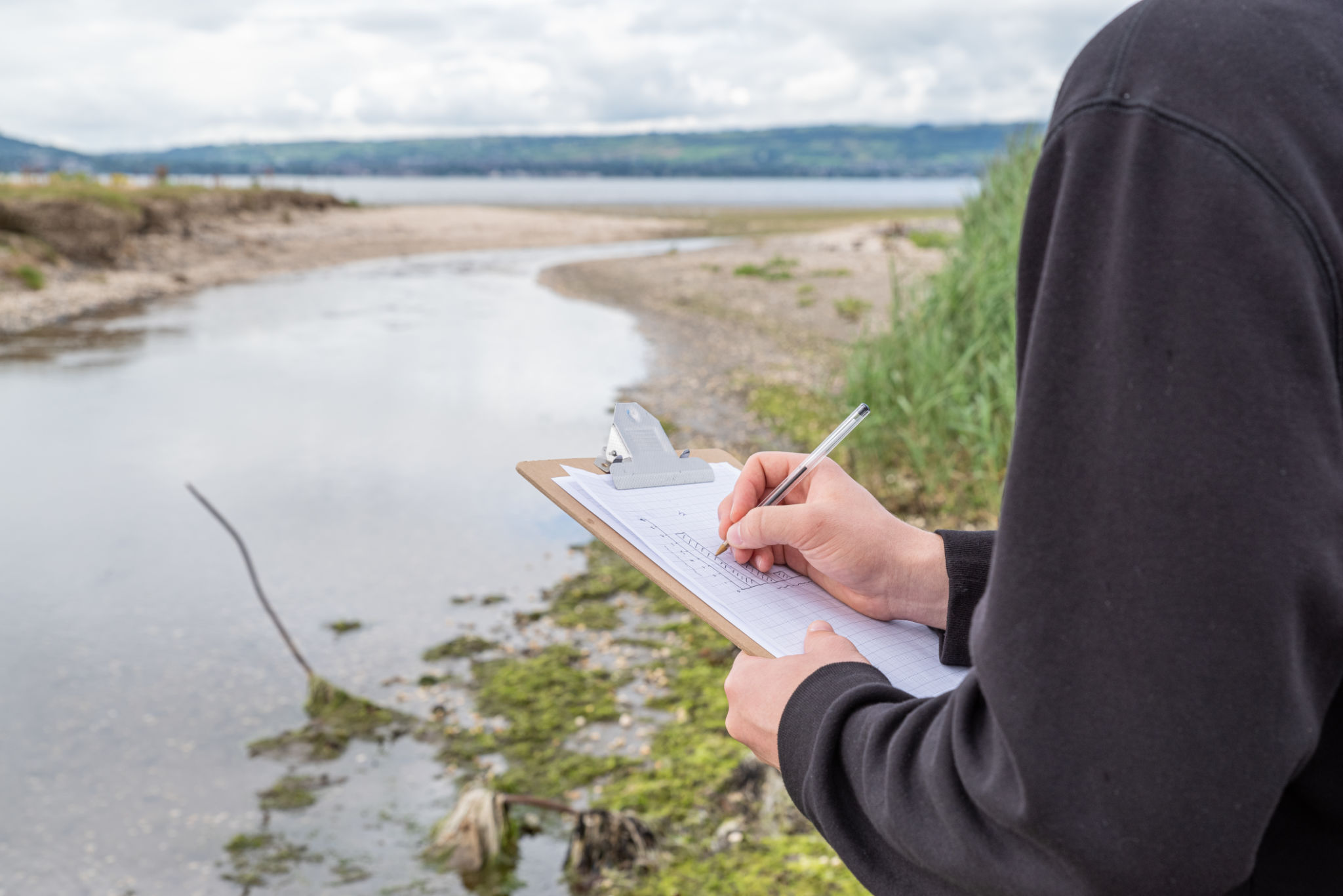The Ultimate Guide to Hydro Excavation: Benefits and Applications
Understanding Hydro Excavation
Hydro excavation is a groundbreaking technique that uses high-pressure water to break up soil and a vacuum to remove the debris. This method is revolutionizing the construction and utility industries due to its precision and safety. Unlike traditional excavation methods, hydro excavation minimizes the risk of damaging underground utilities, making it an ideal choice for projects in sensitive areas.
The process involves directing a high-pressure water jet onto the soil, which turns it into a slurry. This slurry is then vacuumed into a tank for disposal or reuse. The precision of hydro excavation allows for delicate work around existing infrastructure, reducing the need for costly repairs caused by accidental utility strikes.

Key Benefits of Hydro Excavation
Enhanced Safety
One of the most significant advantages of hydro excavation is its enhanced safety profile. Traditional excavation methods, such as backhoes or hand digging, pose a higher risk of injuring workers or damaging underground utilities. In contrast, hydro excavation reduces these risks by using non-destructive techniques that avoid physical contact with the buried infrastructure.
Environmental Friendliness
Hydro excavation is also more environmentally friendly compared to traditional methods. It uses water—a renewable resource—rather than heavy machinery that can cause substantial environmental disturbance. Additionally, because it is so precise, there is less disruption to surrounding soil and vegetation, preserving the natural landscape.

Applications of Hydro Excavation
Utility Location and Maintenance
Hydro excavation is widely used for locating and exposing underground utilities such as gas lines, water pipes, and electrical cables. This method ensures that utilities are exposed safely without damage, enabling maintenance and repair work to be carried out efficiently.
Potholing and Daylighting
Potholing, also known as daylighting, involves using hydro excavation to verify the location of underground utilities. This is crucial during planning stages of construction projects to ensure that digging does not interfere with existing infrastructure. By accurately mapping out utility locations, project managers can avoid costly delays and ensure compliance with safety regulations.

Choosing the Right Hydro Excavation Service
When selecting a hydro excavation service provider, it is essential to consider their experience and expertise in handling similar projects. Look for companies with a proven track record and positive customer reviews. Additionally, ensure they use modern equipment and adhere to industry safety standards.
It's also beneficial to choose a provider that offers comprehensive services, including debris disposal and site restoration. This ensures a seamless process from start to finish, allowing your project to proceed without unnecessary interruptions.

Conclusion
Hydro excavation offers numerous benefits over traditional excavation methods, including increased safety, reduced environmental impact, and precise results. Its applications range from utility location to construction site preparation, making it an indispensable tool in modern infrastructure development. By choosing the right service provider, you can ensure your project benefits from this innovative technology’s full potential.
